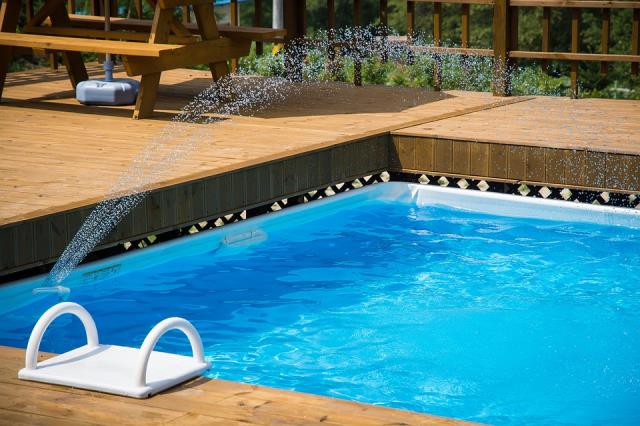Wyndham gardeners are being warned to look out for the highly invasive weed water hyacinth following a recent discovery in a residential garden pond.
Agriculture Victoria Biosecurity Officer Kaitlin Wright said over 90 of the aquatic plants had been removed from a Williamstown premises following an anonymous report from an astute gardener.
“Water hyacinth is considered one of the world’s most invasive plants because it grows so quickly and forms a thick mat on the water surface,” she said.
“It then reduces water quality, pushes out native plants, reduces oxygen (killing fish), rapidly chokes waterways and blocks recreational activities such as fishing and boating.”
Water hyacinth is a State prohibited weed in Victoria, which means it’s illegal to sell, place in a waterway or otherwise spread the weed.
Over the past 12 months, water hyacinth has been reported in Bairnsdale, Warrnambool, Rutherglen and multiple Melbourne suburbs.
“Many home gardeners aren’t aware of the biosecurity risks associated with this environmentally destructive plant, so we’re always really grateful to members of the public for reporting sightings,” Ms
Wright said.
“A single plant can produce more than 3000 seeds over summer, each of which can survive and plague a waterway for at least 30 years.”
Ms Wright warned gardeners not to remove water hyacinth themselves due to the risks posed by plant parts or seed being left behind.
“Please contact us on 136 186 if you’ve seen water hyacinth plants, or have them in your possession, and we will remove them at no cost to the owner,” she said.
“The earlier we can treat an infestation, the greater opportunity we have to protect our beautiful waterways from decades of damage by the destructive water weed.”
Water hyacinth has round, bulbous stems that help it float. Over summer it puts up stalks with multiple pale purple flowers.
Below the water’s surface, it has long, trailing dark purple roots.
For more information about water hyacinth and invasive plant management visit the Agriculture Victoria website.
Details: www.agriculture.vic.gov.au







